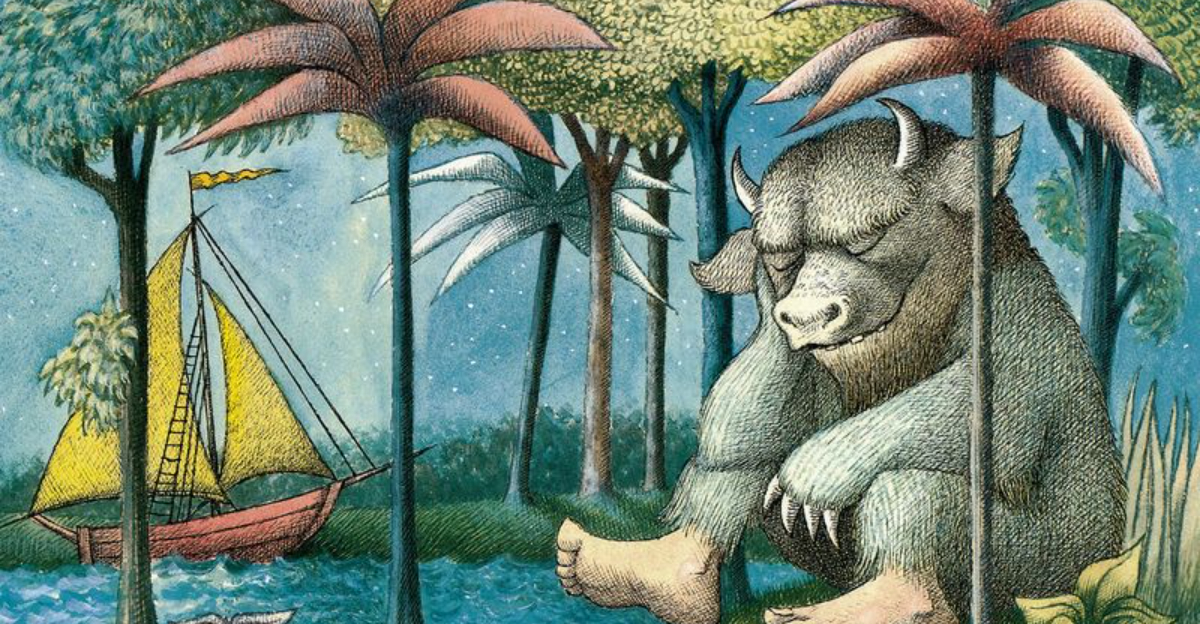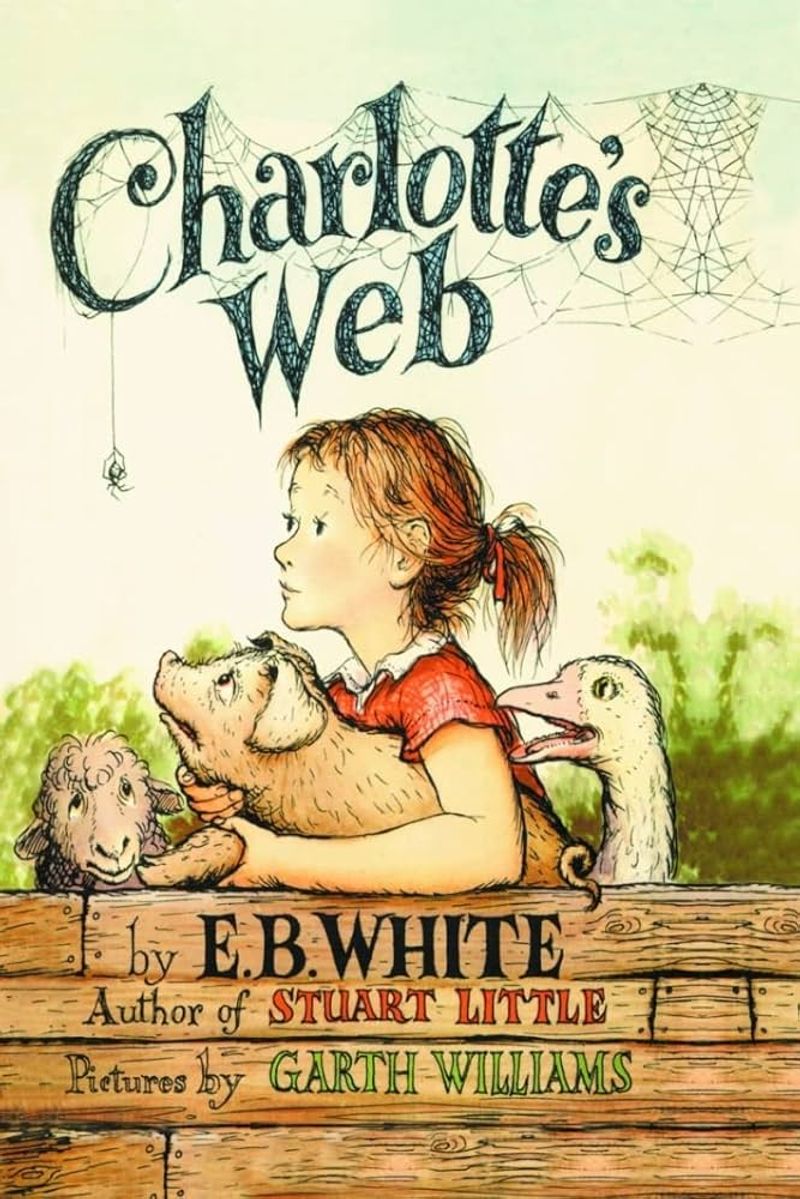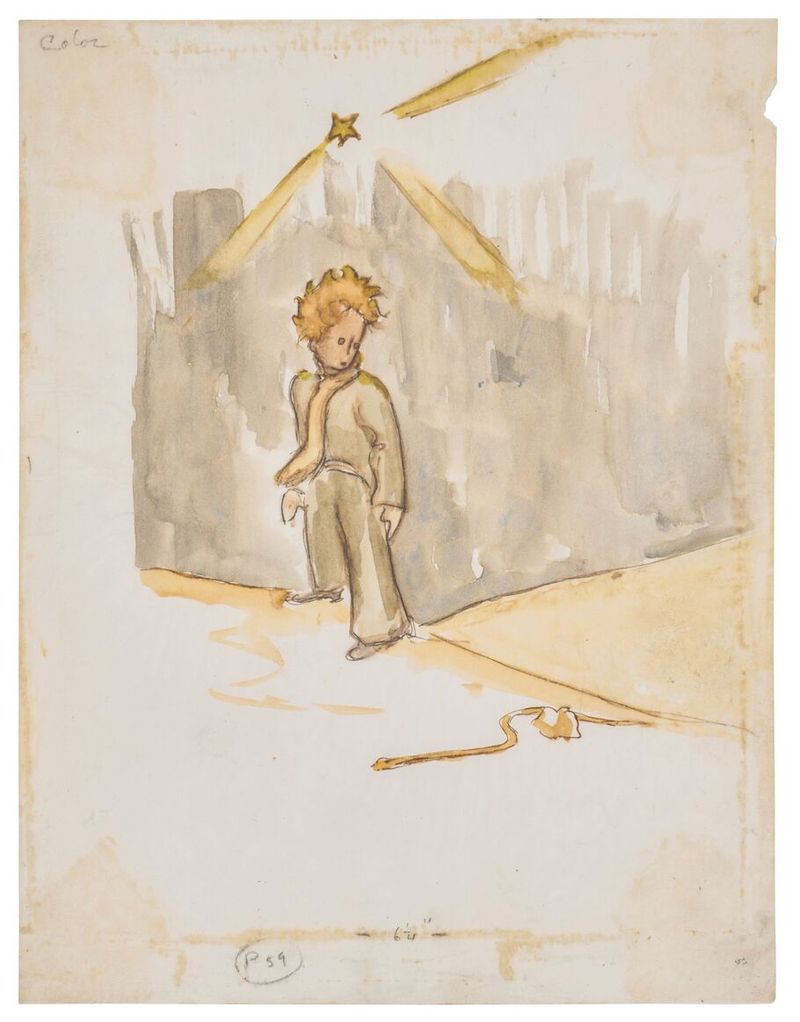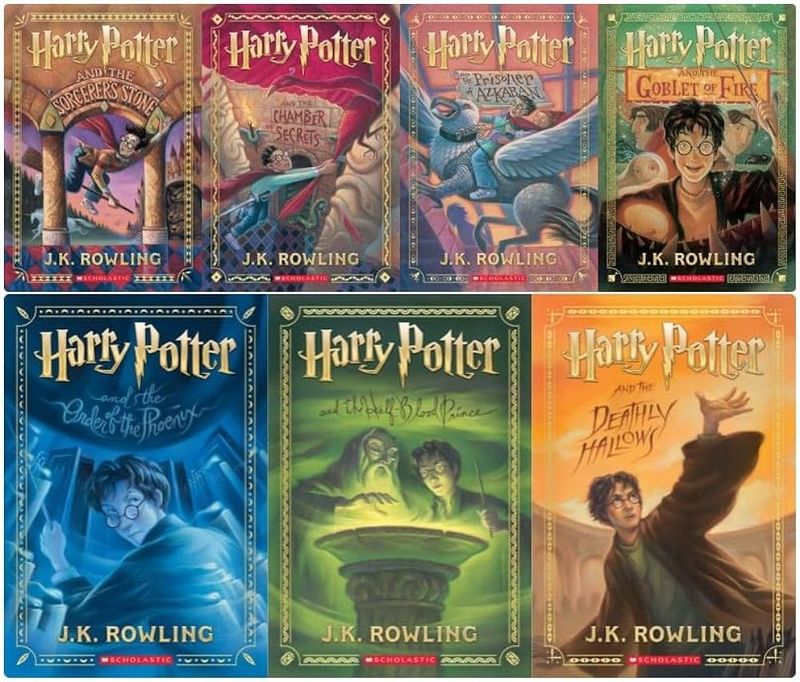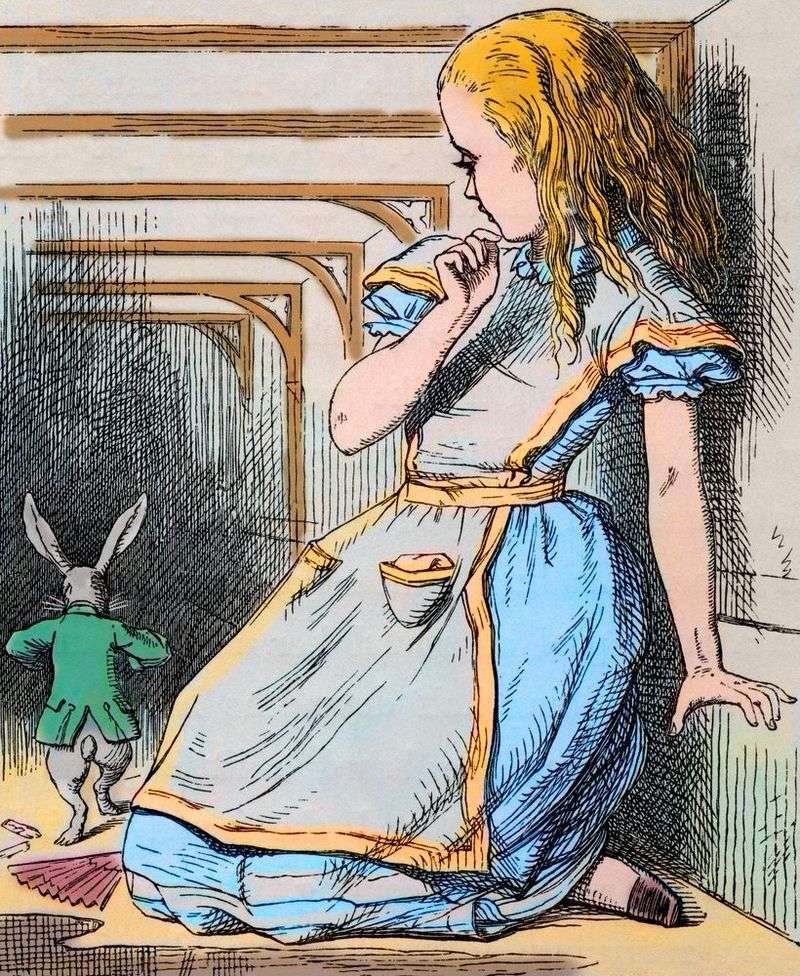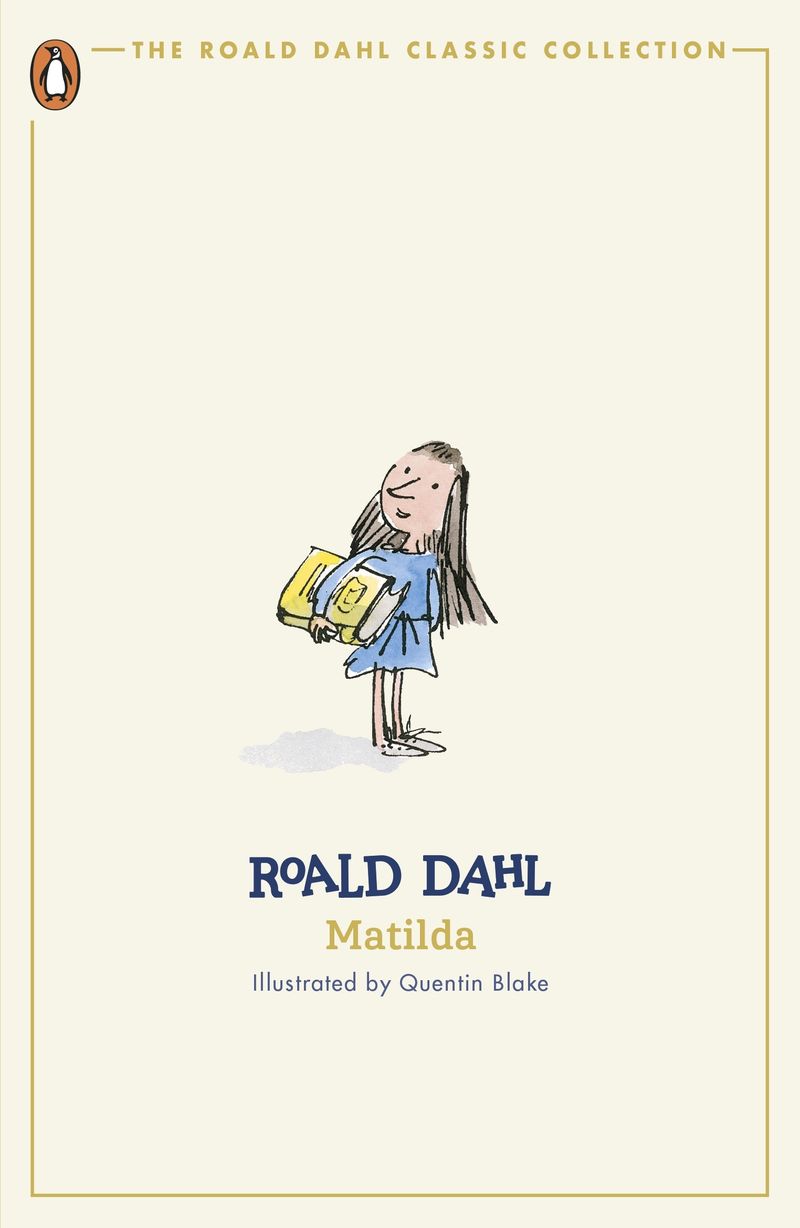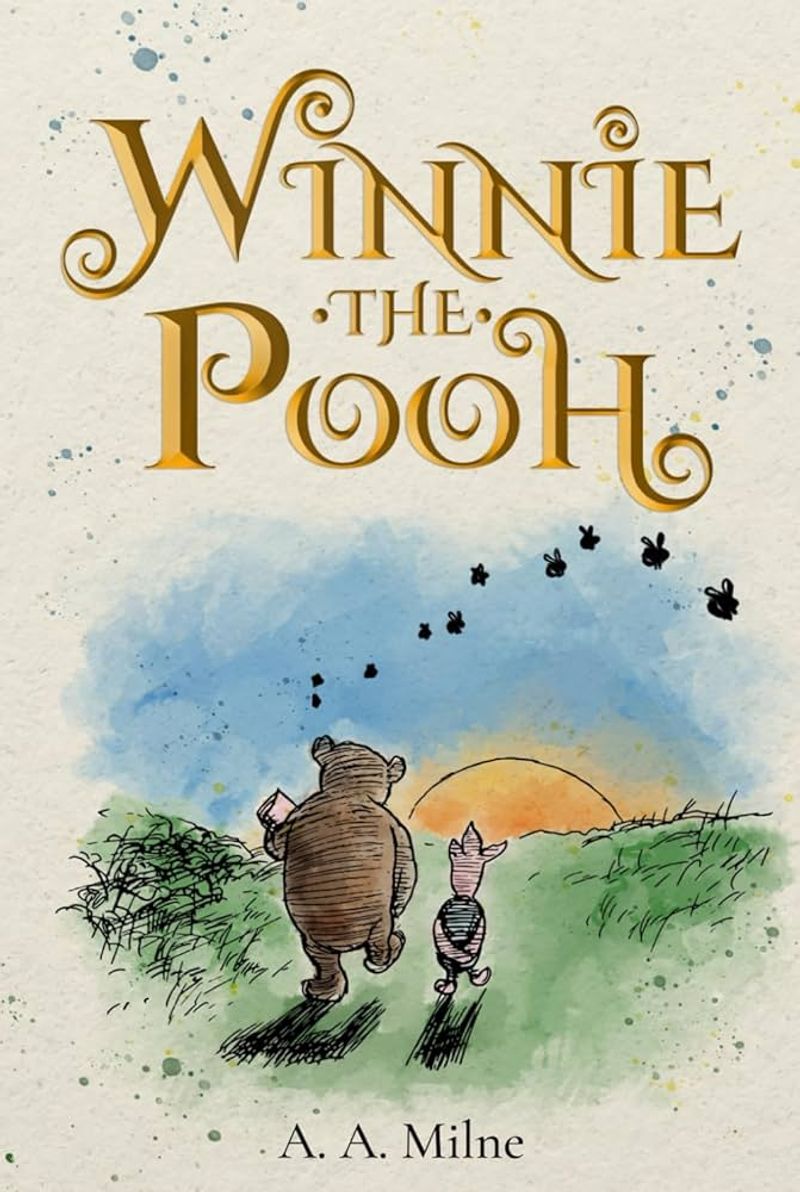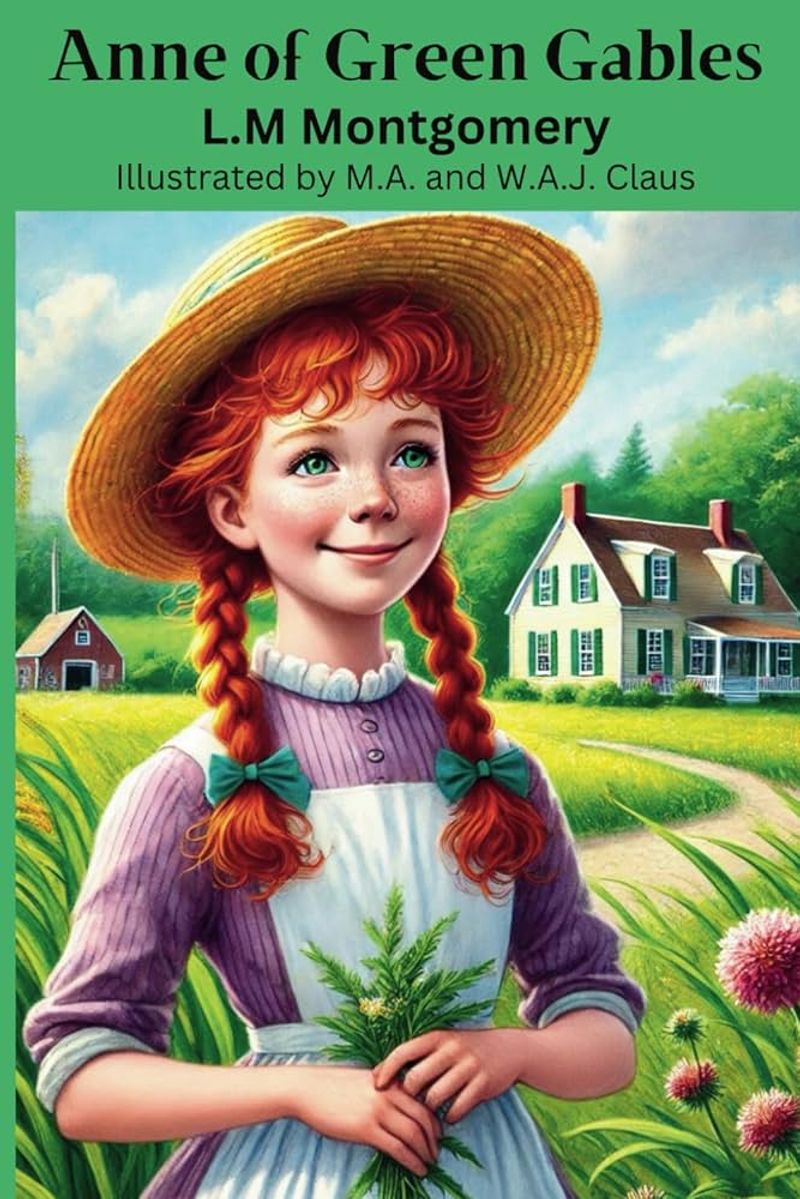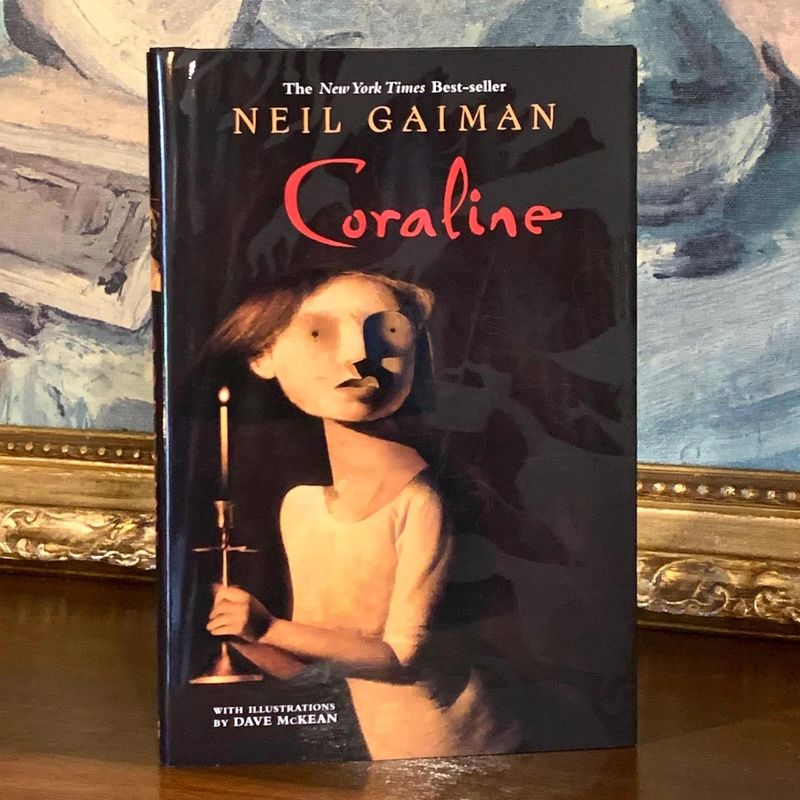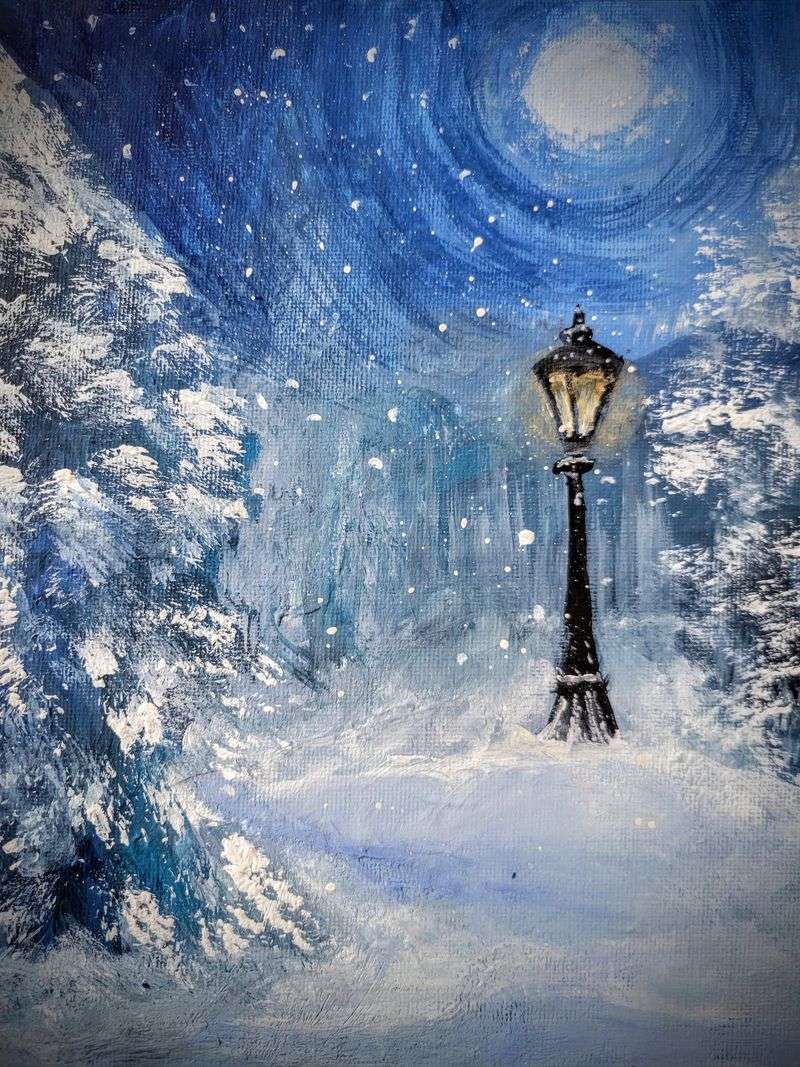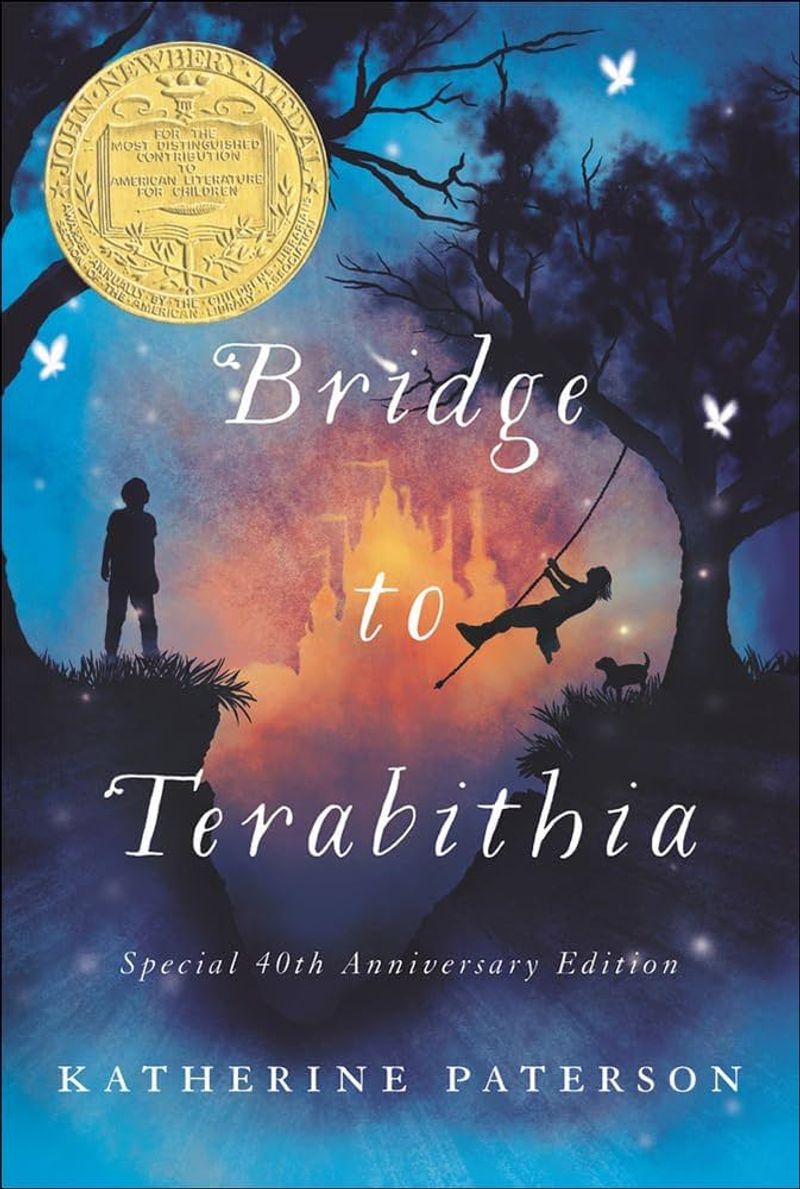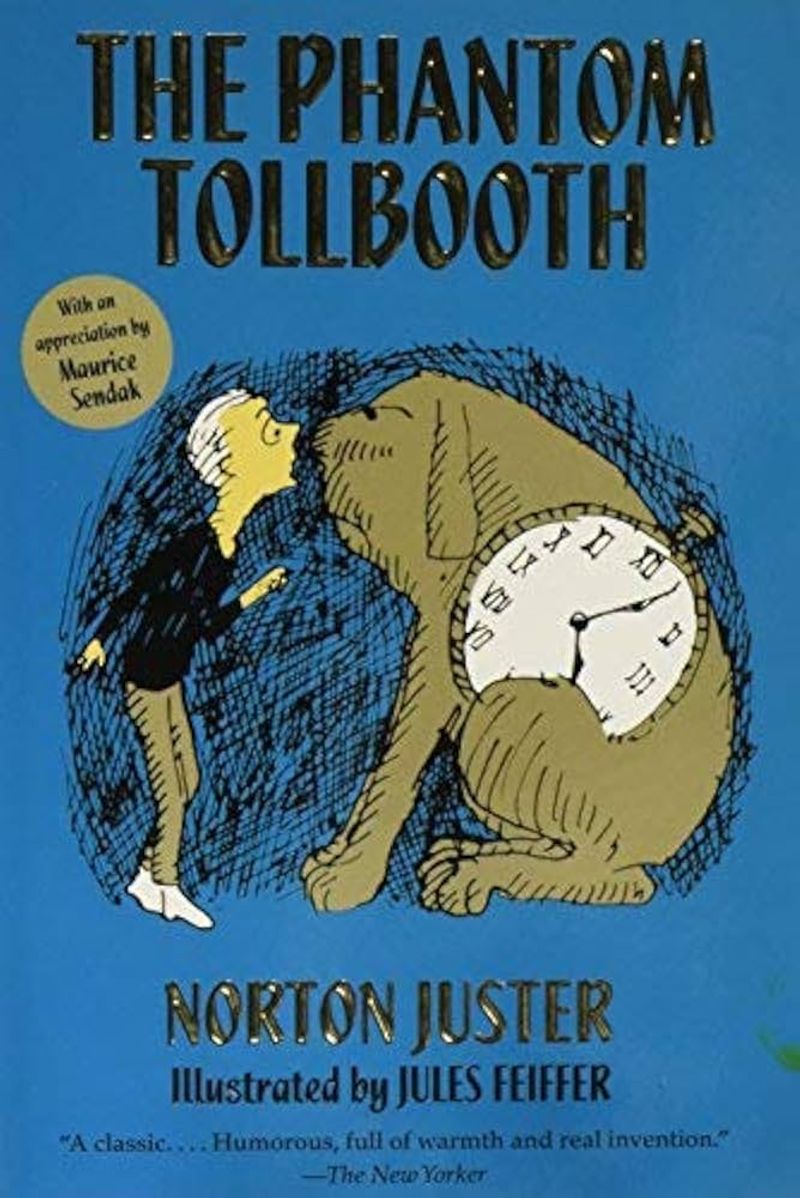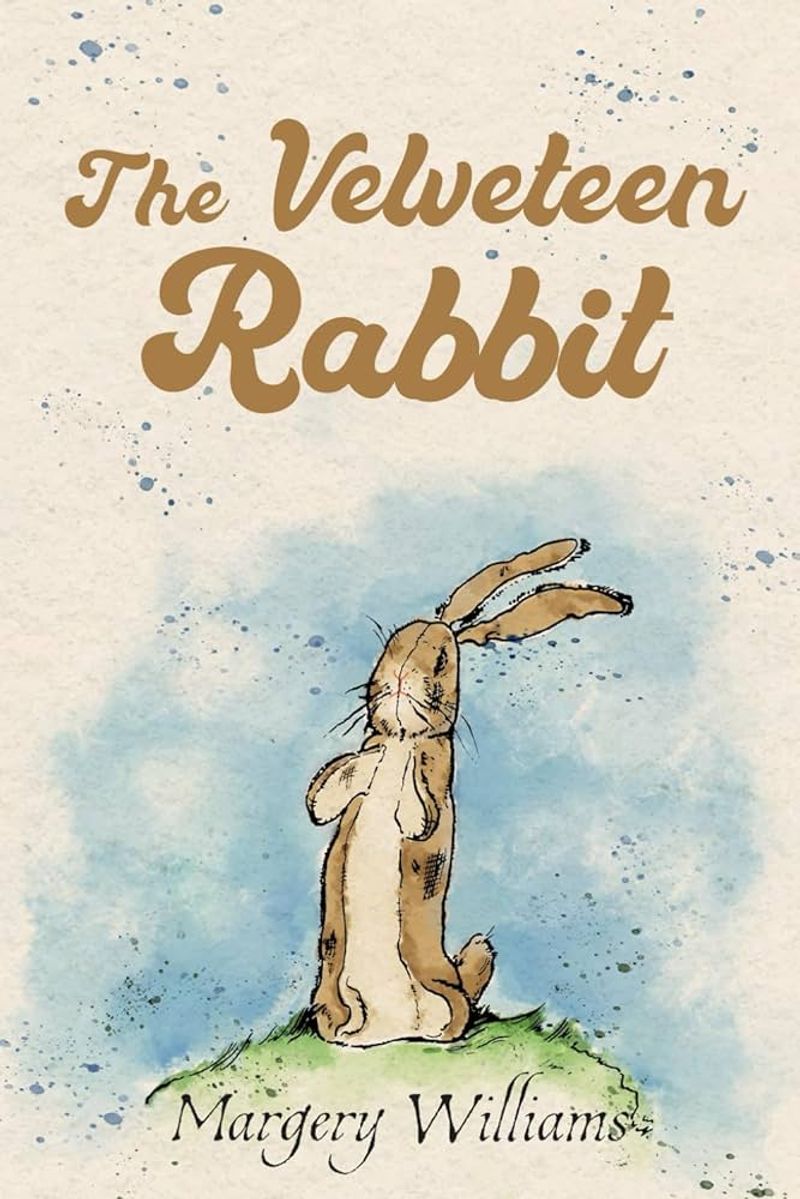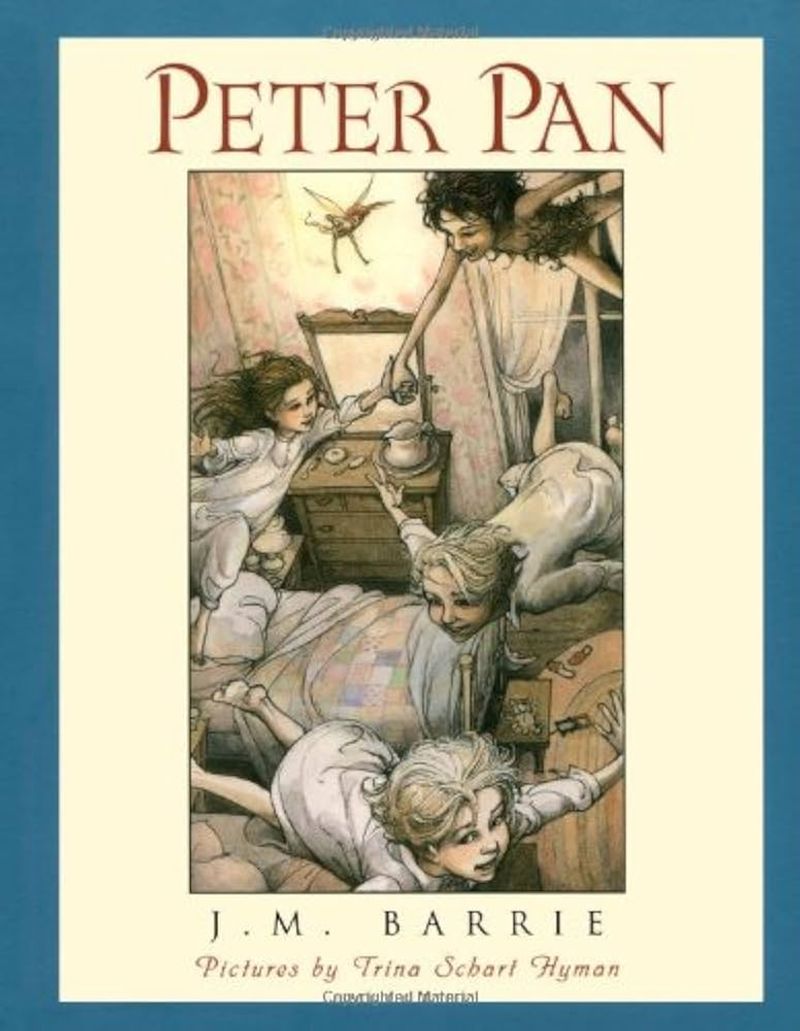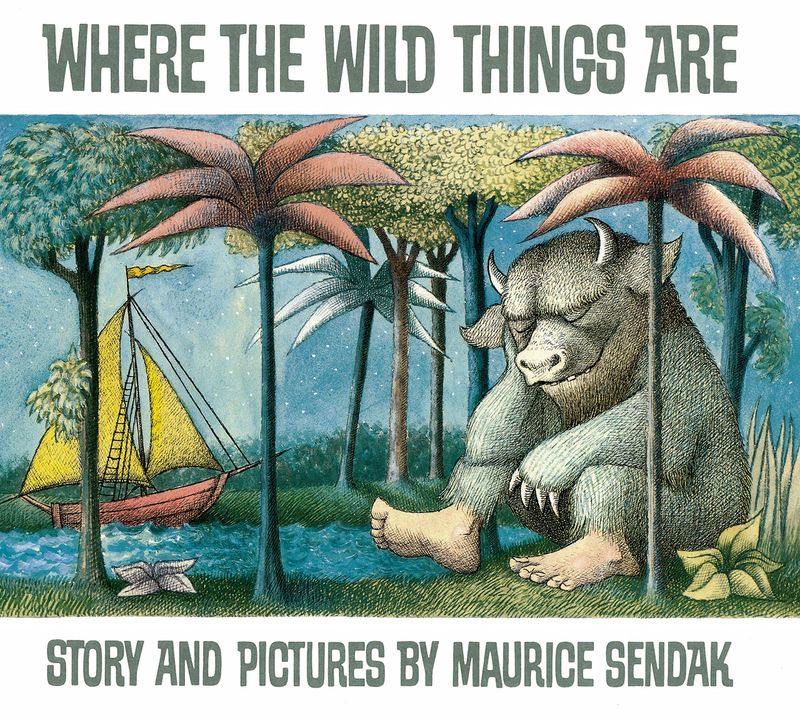Books written for children often hold surprising depth and wonder that continue to captivate us long into adulthood. These special stories transcend age barriers, offering new insights with each reading as we grow older.
From talking animals to magical wardrobes, the following fifteen books aren’t just childhood favorites—they’re literary treasures that reveal deeper meanings, philosophical questions, and emotional truths that resonate throughout our lives.
1. Charlotte’s Web by E.B. White
A tiny spider weaves magic with her words, saving a pig and teaching readers about friendship’s true meaning. Charlotte’s selfless acts of love transform Wilbur’s fate, while gently introducing young readers to mortality and sacrifice.
Adults return to this barnyard tale for its perfect prose and profound simplicity. The book’s meditation on life’s brevity feels more poignant with age, as does Charlotte’s quiet heroism.
White’s masterpiece remains timeless because it addresses the cycle of life with honesty and beauty rather than sentimentality. The farm setting becomes a microcosm of human experience—where love, loss, and legacy intertwine.
2. The Little Prince by Antoine de Saint-Exupéry
From distant asteroid B-612 comes a golden-haired boy whose innocent questions crack open life’s greatest mysteries. His journey across planets reveals the absurdities of adult priorities—businessmen counting stars they’ll never enjoy, kings commanding empty kingdoms.
Saint-Exupéry’s deceptively simple fable hides philosophical treasures. The fox’s secret—”what is essential is invisible to the eye”—strikes adults with renewed force, challenging our material values.
Grown-ups find themselves returning to this slim volume during life’s crossroads, rediscovering the child’s wisdom they’ve forgotten. The watercolor illustrations, drawn by the author himself, add another layer of wistful beauty to this meditation on connection.
3. Harry Potter Series by J.K. Rowling
Magic wands and flying broomsticks might seem purely childish fare, yet millions of adults have their bookshelf’s special spot for these seven volumes. Rowling constructed not just a school of witchcraft, but a complex society grappling with prejudice, corruption, and the seductive nature of power.
Readers grow alongside Harry, from simple childhood adventures to the moral ambiguities of adulthood. The series tackles grief, sacrifice, and the courage to stand against systemic evil—themes that resonate differently when read through mature eyes.
Adults appreciate Rowling’s intricate plotting, where tiny details from early books bloom into major revelations years later. This narrative architecture rewards rereading, revealing new layers with each visit to Hogwarts.
4. Alice’s Adventures in Wonderland by Lewis Carroll
Falling down the rabbit hole has become shorthand for entering any bewildering situation—a linguistic gift from Carroll’s masterpiece of nonsense. Yet behind the madness lies method: a mathematician’s playground of logic puzzles and language games.
Adult readers appreciate the biting satire beneath the tea parties and croquet matches. The Queen’s arbitrary justice mocks Victorian legal systems; the Mock Turtle’s education parodies rigid schooling; even the Cheshire Cat’s grin questions the very nature of reality.
Carroll’s dreamscape resonates differently with age, transforming from childhood adventure to philosophical wonderland. The book’s refusal to provide easy meanings or morals makes it endlessly fascinating—a mirror reflecting whatever meaning we bring to it.
5. Matilda by Roald Dahl
Between library shelves, a brilliant girl discovers her power—both intellectual and telekinetic. Matilda’s rebellion against cruelty speaks to the adult who remembers childhood’s powerlessness and yearns for justice.
Dahl never sugarcoats the harsh realities of Matilda’s world. The Trunchbull’s brutality and the Wormwoods’ neglect feel shockingly real, making Matilda’s triumph all the sweeter. Adults recognize the book as a fierce defense of knowledge against ignorance and kindness against cruelty.
Miss Honey’s gentle mentorship reminds grown readers how a single caring adult can transform a child’s life. This relationship, coupled with Matilda’s extraordinary mind, creates a story that celebrates intellectual curiosity and moral courage at any age.
6. Winnie-the-Pooh by A.A. Milne
Behind the honey pots and “very little brain” lies unexpected wisdom about friendship and acceptance. Each resident of the Hundred Acre Wood embodies a distinct personality type—anxious Piglet, gloomy Eeyore, know-it-all Owl—creating a community that accommodates all their quirks.
Adults rediscover Pooh’s Taoist-like contentment with simple pleasures. His “doing nothing” philosophy offers a counterpoint to our busy lives, while his loyal friendship provides a model of unconditional love.
Melancholy threads through these stories, particularly in the Christopher Robin chapters where childhood’s end looms. Milne captures that bittersweet transition in “Wherever I am, there’s always Pooh”—a line that brings tears to parents watching their own children grow beyond stuffed companions.
7. Anne of Green Gables by L.M. Montgomery
Red-haired Anne Shirley bursts into Avonlea with imagination ablaze, transforming mundane ponds into “Lakes of Shining Waters.” Her ability to find beauty everywhere becomes a masterclass in mindfulness for adult readers weathered by life’s disappointments.
Montgomery crafted more than a charming orphan tale; she created a feminist heroine who values education and friendship above romance. Anne’s academic ambitions and fierce loyalty to other women feel surprisingly modern despite the book’s 1908 publication.
Grown readers recognize the psychological realism beneath Anne’s romanticism. Her childhood trauma manifests in her desperate need for belonging, making her journey toward self-acceptance all the more powerful. The book’s Prince Edward Island setting becomes another character—a luminous backdrop to Anne’s evolution.
8. Coraline by Neil Gaiman
Behind a mysterious door lurks a nightmare dressed as wish fulfillment. Gaiman’s modern fairy tale terrifies not with monsters but with the corrupted reflection of parental love—button-eyed “others” who promise everything while demanding your soul.
Adults recognize the psychological horror beneath the fantasy elements. The Other Mother represents addiction, abusive relationships, and the danger of getting exactly what you think you want.
Coraline’s courage comes not from magical powers but from understanding that real love isn’t about perfection. Her appreciation for her imperfect real parents resonates deeply with grown readers navigating their own family relationships. The book’s eerie illustrations by Dave McKean enhance its uncanny atmosphere, creating a modern classic that’s both accessible to children and unsettling for adults.
9. The Chronicles of Narnia by C.S. Lewis
Through an ordinary wardrobe lies an extraordinary world where children become kings and queens. Lewis created Narnia as both enchanting adventure and spiritual allegory, with layers of meaning that unfold differently at each life stage.
Adult readers appreciate the philosophical depth beneath talking animals and magical battles. Aslan’s sacrifice and resurrection echo Christian theology, while other elements draw from Greek mythology, medieval literature, and Lewis’s conversations with fellow Oxford intellectuals like J.R.R. Tolkien.
The series contemplates profound questions about faith, moral courage, and the nature of good and evil. “The Last Battle” particularly rewards mature readers with its exploration of afterlife, false prophets, and the end of all things—complex themes woven into a narrative children can follow.
10. Bridge to Terabithia by Katherine Paterson
Two outcasts create a secret kingdom in the woods, only for tragedy to shatter their shared imagination. Paterson’s novel stands apart in children’s literature for its unflinching portrayal of sudden loss and the messy reality of grief.
Adults revisiting this story find themselves ambushed by its emotional power. The friendship between Jesse and Leslie transcends typical childhood relationships, becoming a catalyst for personal growth and artistic awakening.
The novel refuses easy comfort or spiritual platitudes in the face of death. Instead, it honors the healing power of creativity and connection. Jesse’s journey through guilt, anger, and eventual acceptance offers readers of all ages a roadmap through bereavement—acknowledging pain while showing how we might carry our loved ones forward in the worlds we create.
11. The Phantom Tollbooth by Norton Juster
Milo’s journey begins with boredom and ends with the realization that our world overflows with wonders if we only pay attention. Juster’s masterpiece turns abstract concepts into characters—literal watchdogs, the Whether Man, and Tock the time-keeping dog—creating a playground of wordplay that rewards linguistic curiosity.
Adult readers marvel at the book’s cleverness while recognizing its deeper message about mindfulness. The Doldrums, populated by creatures who never think or act, serve as warning against passive consumption of life.
Mathematicians appreciate the Numbers Mine where Milo harvests digits, while linguists chuckle at the royal advisors—Whether Man, Which Way, and Why Not. The book’s celebration of learning for its own sake feels increasingly countercultural in our utilitarian educational landscape, reminding grown readers why knowledge matters beyond practical application.
12. A Wrinkle in Time by Madeleine L’Engle
Meg Murry—awkward, stubborn, and brilliant—travels across dimensions to save her father with the help of supernatural beings. L’Engle blends quantum physics with spirituality, creating science fiction that respects children’s capacity to grapple with complex concepts.
The totalitarian planet Camazotz, where conformity rules and independent thought is punished, resonates differently with adult readers aware of authoritarianism’s real-world dangers. IT—the disembodied brain controlling Camazotz—represents the coldly logical mind divorced from heart and soul.
L’Engle’s radical message emerges through Meg’s realization that her apparent weaknesses—her anger, impatience, and fierce love—become strengths against evil’s uniformity. The book’s female protagonist pursuing science in 1962 was revolutionary, making this not just a fantasy but a quiet manifesto for intellectual freedom.
13. The Velveteen Rabbit by Margery Williams
A stuffed rabbit learns that becoming “Real” happens through love’s wear and tear rather than factory newness. Williams’ tale masquerades as a simple story about toys while actually offering profound wisdom about authenticity and transformation.
The Skin Horse’s famous speech—”Once you are Real you can’t be ugly, except to people who don’t understand”—takes on deeper significance for adults who’ve experienced life’s disappointments and rejections. The rabbit’s journey from pristine novelty to shabby beloved companion parallels our own path to genuine selfhood.
Adults find themselves unexpectedly moved by the story’s bittersweet conclusion, where sacrifice leads to magical rebirth. The rabbit’s journey reflects our human experience of loss and renewal, suggesting that our most painful moments might ultimately transform us into our truest selves.
14. Peter Pan by J.M. Barrie
Flying children, bloodthirsty pirates, and ticking crocodiles populate Neverland—a magical realm that reveals itself as surprisingly dark when revisited through adult eyes. Barrie created not just adventure but a complex meditation on childhood’s impermanence.
Peter himself transforms from childhood hero to tragic figure for grown readers. His eternal boyhood—initially appealing—becomes increasingly hollow as we recognize what he sacrifices: memory, growth, and lasting relationships. His inability to understand Wendy’s feelings or remember Hook between encounters shows the limitations of refusing maturity.
The novel’s most poignant moments come when adult world and Neverland intersect. Mrs. Darling’s maternal anguish, Mr. Darling’s insecurities, and Wendy’s inevitable growing-up reveal Barrie’s nuanced understanding that childhood magic carries its own cost.
15. Where the Wild Things Are by Maurice Sendak
Just ten sentences long, this picture book captures childhood’s emotional landscape with unmatched precision. Max’s journey to the land of Wild Things—fueled by rage at being sent to bed without supper—honors children’s complex emotional lives without judgment or simplistic moralizing.
Sendak’s illustrations expand beyond his sparse text, creating a visual symphony where wild rumpuses give way to lonely moonlit seas. Adult readers recognize the psychological truth behind Max’s fantasy: the need to express forbidden feelings, master fears, and return safely to love’s harbor.
The Wild Things themselves—terrifying yet vulnerable with their “terrible roars” and “terrible teeth”—embody our own untamed emotions. Max’s declaration “Let the wild rumpus start!” offers catharsis for readers of any age struggling to acknowledge their own wildness while maintaining connection to those they love.
